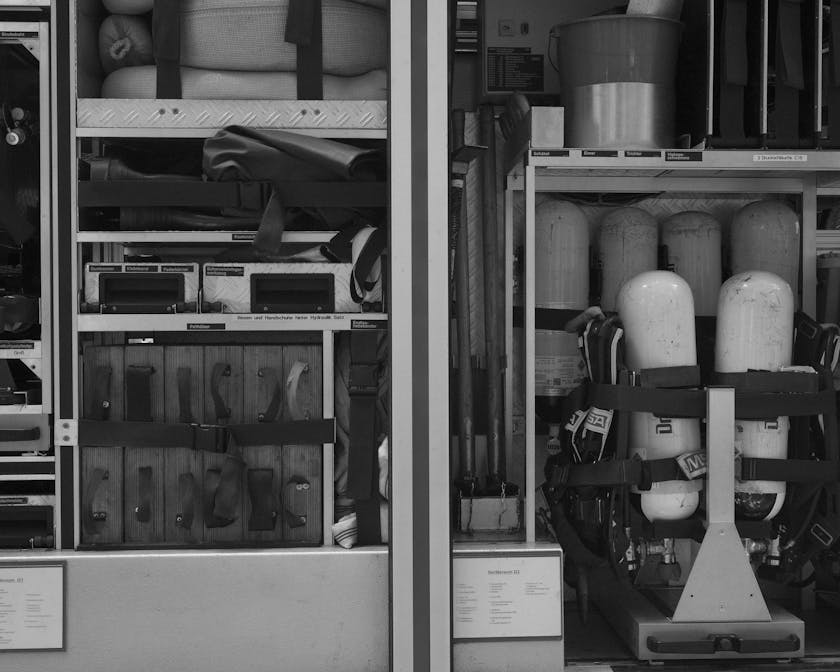With the concept of bulk meal storage for emergency preparedness gaining traction, many individuals and families are looking to fortify their homes with a sustainable food supply. In light of recent events, the importance of being prepared cannot be overstated. This guide aims to offer practical advice on how to effectively store meals for those unforeseen circumstances.
Understanding the Basics of Bulk Meal Storage
Before diving into the particulars of meal storage, it’s essential to grasp the fundamental principles of emergency preparedness. Bulk meal storage isn’t just about having a large quantity of food on hand; it’s about having the right types of food, ensuring nutritional balance, and managing the storage conditions to maximize shelf life.
Assessing Your Storage Space
The first step in bulk meal storage is to assess your available space. You’ll need a cool, dry area away from direct sunlight to store your food. Basements, closets, or a dedicated pantry can serve well for this purpose. Ensure that the space is free from pests and any potential water damage.
Selecting Appropriate Food Items
When it comes to selecting food for storage, focus on non-perishable items. These include:
- Grains such as rice, pasta, and oats
- Canned goods, including vegetables, fruits, and meats
- Dried legumes like beans and lentils
- Dehydrated or freeze-dried meals
- Powdered milk and protein powders
Choosing a variety of foods will help ensure you maintain a balanced diet during an emergency.
Proper Packaging is Key
Once you’ve selected your food items, proper packaging is critical to extend their shelf life. Use airtight containers, vacuum-sealed bags, or Mylar bags with oxygen absorbers. Label each package with the contents and the date of storage to keep track of expiration dates.
Strategies for Long-Term Meal Storage
Rotating Your Food Supply
One of the most important strategies for bulk meal storage is rotation. Use the oldest items first and replace them with new ones. This practice ensures that your food supply remains fresh and reduces waste due to expired products.
Investing in Specialized Storage Solutions
Consider investing in specialized storage solutions such as freeze-dried food buckets or emergency food kits that come with a long shelf life. These can be particularly convenient and provide peace of mind, knowing that you have a dedicated emergency food supply.
Temperature and Humidity Control
Maintaining a consistent temperature and controlling humidity levels are crucial to preventing spoilage. Ideally, your storage area should be kept at or below 70 degrees Fahrenheit with low humidity. Consider using a dehumidifier if necessary to protect your food supply.
Don’t Forget Water Storage
Alongside food, water is a critical component of any emergency preparedness plan. Store enough water to last each person at least one gallon per day, for drinking and sanitation. Water purification tablets or filters should also be part of your storage strategy.
Staying Organized and Informed
Keep an Inventory
Maintain a detailed inventory of your food supply, including quantities and expiration dates. This will help you keep track of what you have and what you may need to replace.
Stay Informed About Best Practices
Finally, it’s essential to stay informed about the best practices in food storage and emergency preparedness. Regularly check resources from reliable organizations such as FEMA or the Red Cross for updates and tips.
By following these guidelines, you can establish a robust bulk meal storage system that will serve you well in any emergency. Preparation is the key to peace of mind and, ultimately, to survival in challenging situations.


